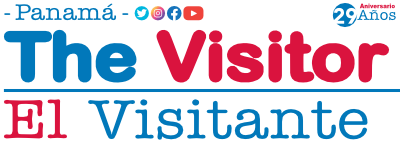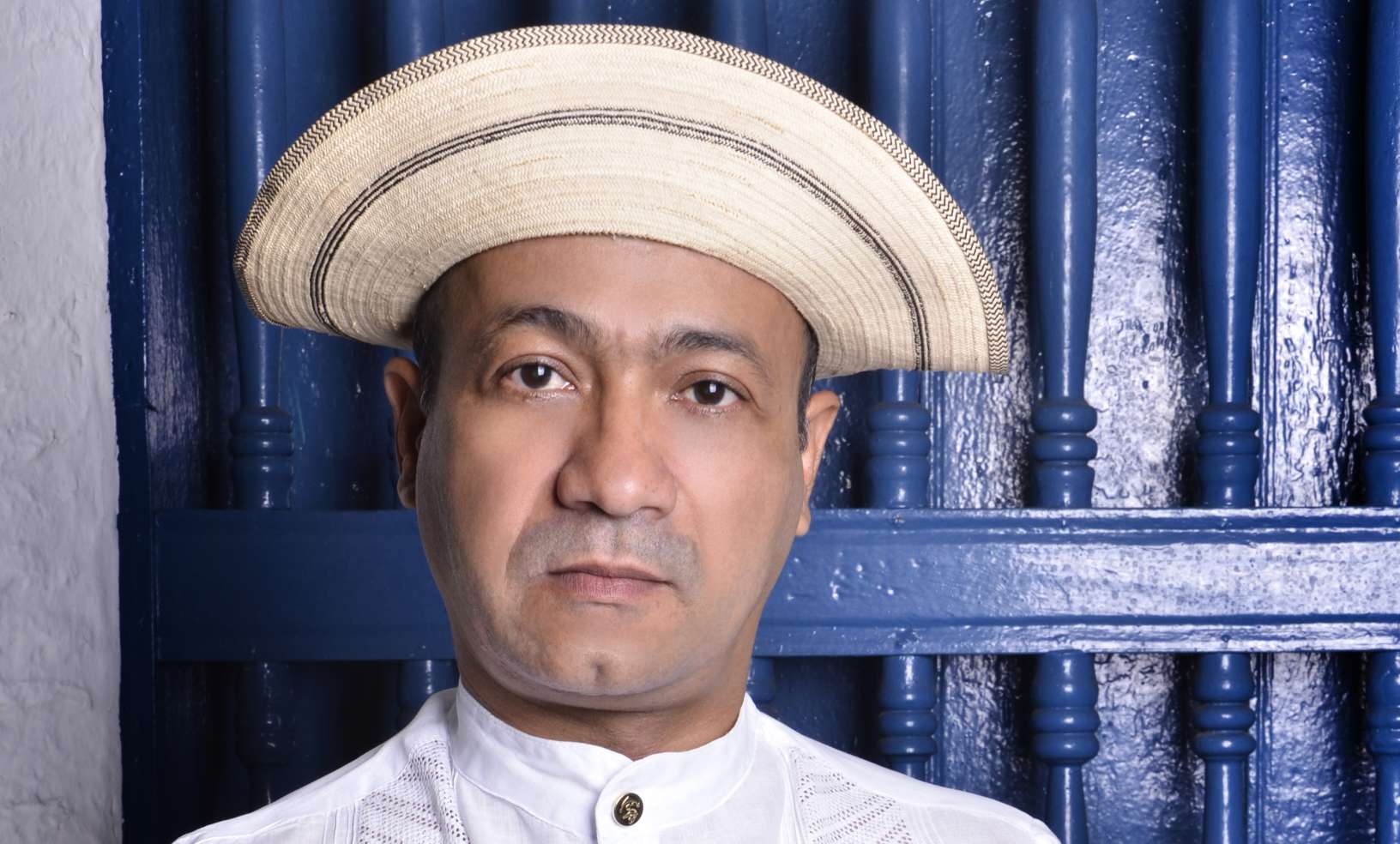Our special guest is a native from Villa de Los Santos and considered one of the most respected folklorists in Panama. He began his career dancing in the National Ensemble of the former National Institute of Culture (currently MiCultura), and later expanded his experience by forming his own dance group. He specialized in art, folklore and television production. Over time, our multifaceted special guest decides to found and create the Panama Folklore School, as well as be in charge of the Corpus Christi festival in Villa de Los Santos, one of the most important religious and cultural festivities in the country.
Aristides Burgos Villareal has received more than 100 Folklore awards both nationally and internationally, including the Dora Perez de Zarate Folklore Award. The list of achievements in his life is even longer, and this time he takes time to share with the team of The Visitor- El Visitante his thoughts about folklore, traditions and tourism as an engine to elevate our culture within society and promoted internationally.
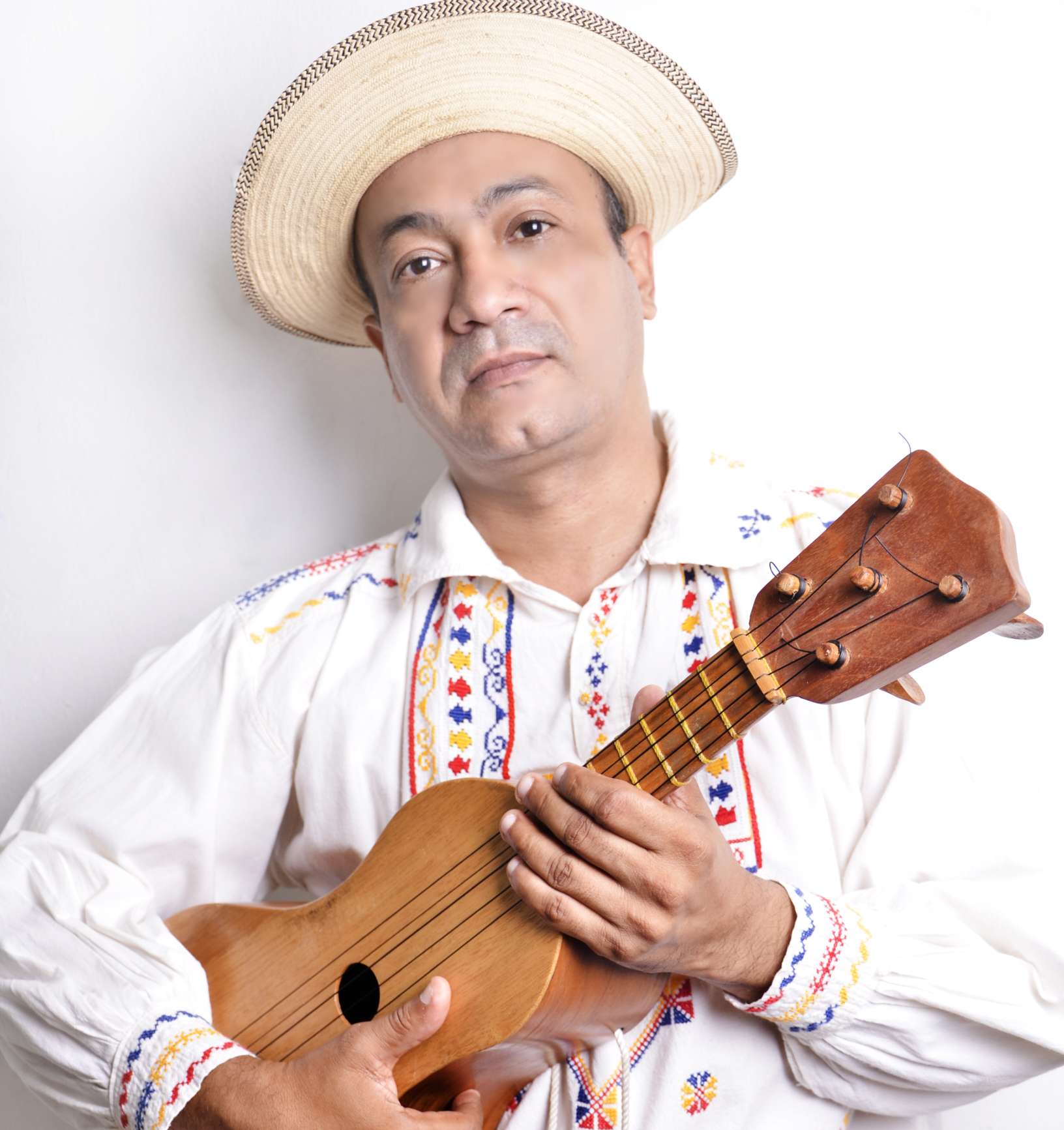
Why is it so important for a country to preserve its culture and traditions?
“There are values such as identity, the reinforcement of nationality, appreciation of history, the sense of belonging that culture and traditions generate for a country, in addition to this, culture represents an element of integral development for peoples, communities, regions and nations of the world. Hence, the importance of culture (the traits that identify each human being and their environment, individuals, groups, collectives or communities) are reflected as an element whose use and application can be given in current and modern life, since folklore constitutes a series of surpassed experiences and this can be used in their integral development.”
What are the traditions that are most commonly promoted to both Panamanians and tourists and those that have great potential but that few really know about?
“It is important to note that all that is folklore is part of the traditions, but not all that is traditional is folklore. Therefore, I will talk about the expressions of Panamanian focklore, which are mostly exposed to nationals and foreigners, the dances, the music, the clothing, crafts, musical instruments and certainly the popular gastronomy. All of them as manifestations to which greater importance and exposure are given. It is true that in material culture we can find traditional housing and its evolution, acquisition techniques, transforming techniques, transportation; In the social culture we find uses and customs, language, communication and in the area of spiritual mental culture, there are rituals, empirical knowledge, worldview, among other aspects that are rarely addressed for the promotion of tourism”.
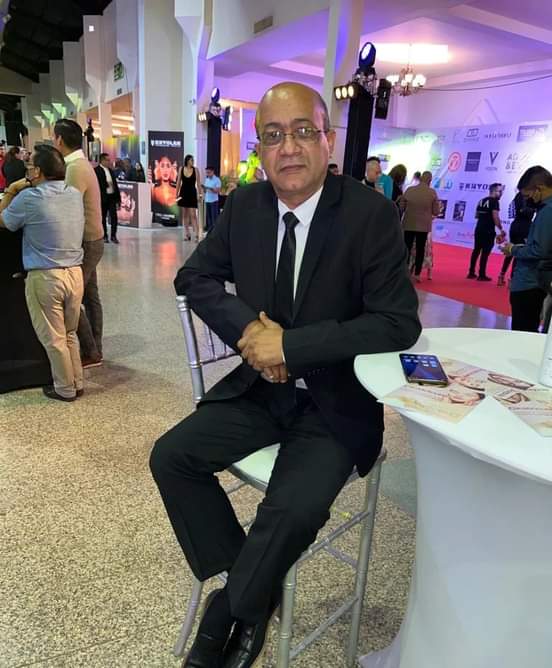
What type of investment and project is required in the country to ensure the preservation of our traditions and their adequate promotion in all its layers?
“A forceful cultural policy is required based firstly on complying with the Constitutional Mandate set forth in article number 87 of our Magna Letter where folklore must be studied, conserved and disclosed and as the executing arm of the Panamanian State corresponds to the Ministry of Culture through its unit called the National Folklore Directorate, however, the construction and compliance with these clear and forceful Policies is required. On the other hand, Organized Civil Society in Panama, linked to folklore, keeps great interest, which is why orientation and support policies are also required for these entities for better management of the Cultural Heritage inserted in folkloric expressions.”
In what segments does Panamanian culture differ in general terms from the cultures of other countries in the Central American and Caribbean region?
“Culture is regional and Panama belongs to that geographic region. There are minimal features that differentiate one expression from another, that only the bearers of said traditions can clearly identify, although in the case of Panama, Cultural Diversity has achieved a multiculturalism that very few other countries have and that are the product of being a transit country.”
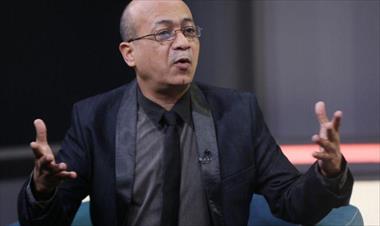
What national project would you advise doing so that tourists can experience it while in our country?
“As a National Project, I have been promoting a National Palace of the Panamanian Pollera for years. Also increase the number of Folklore rooms in museums nationwide, but the criteria of museum experts sometimes consider eliminating the folkloric and replacing it with other aspects of culture, when the folkloric would give a clear line pf explanation to the visitors”.
How important is it to create advertising campaigns where the most important element is the promotion of traditions and folklore?
“Folklore must be inserted not as a random or merely superficial affair of embellishment. Folklore should be promoted as part of National Development, some posts linked to folklore from official or private management, are sometimes not in the hands of suitable personnel who have this vision and campaigns and management processes are directed towards aspects that instead of strengthen it, will dilute it. The importance of folklore within national and international campaigns is for sale as an element of the development of the country, but the internal vision of the authorities is another that does not go with that path. (Let’s see the example of the economic growth generated by the Mil Polleras Parade, an event promoted with the purpose of generating economic development and give vale to a cultural asset such as the panamanian Pollera).”
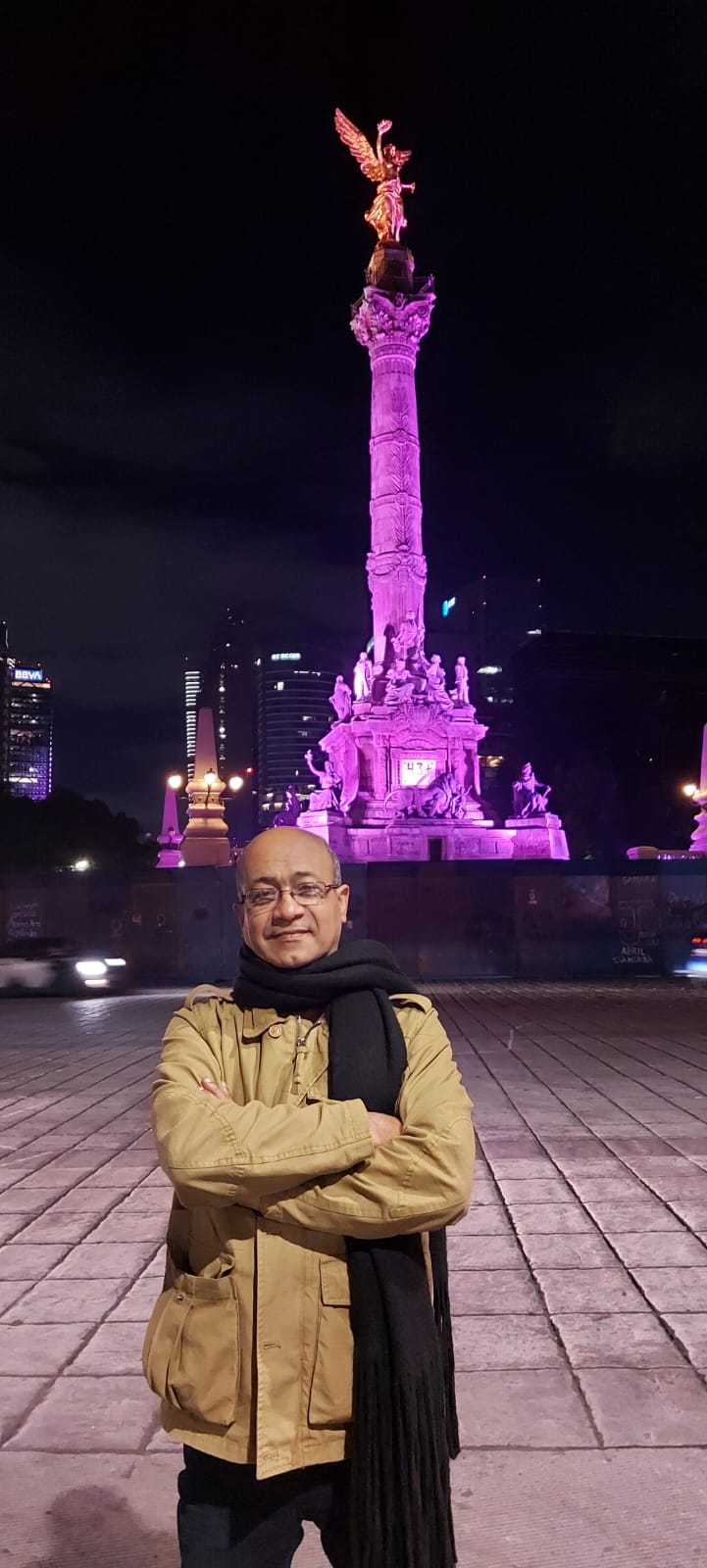
What aspects of our culture have the most positive impact on tourists, whether local or international?
“Panamanian cultural diversity is what impacts the most. The elements of African roots, pure and mixed indigenous elements, a Creole culture properly speaking, and ethnic minorities that generate a mix of races in a geographical strip, a cultural amalgam that is worth discovering in Panama.”
Photos courtesy: Aristides Burgos Villarreal
